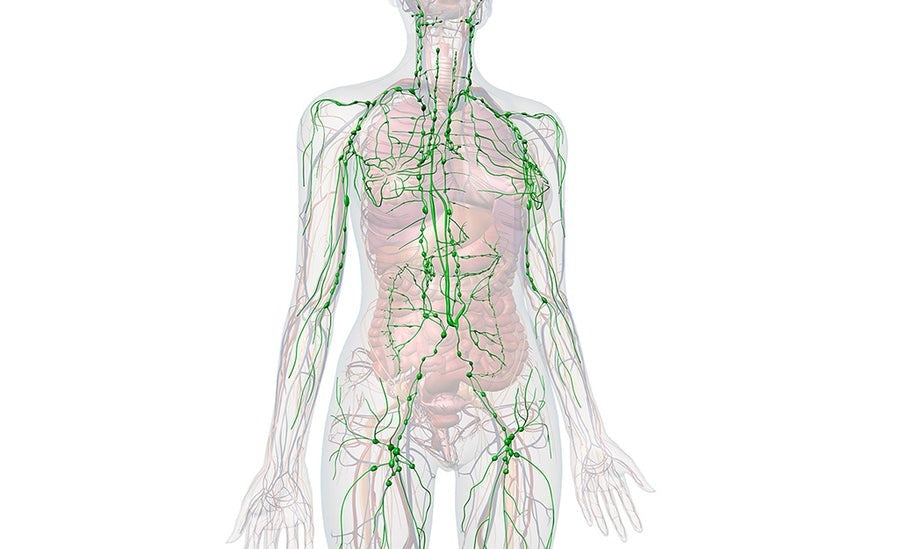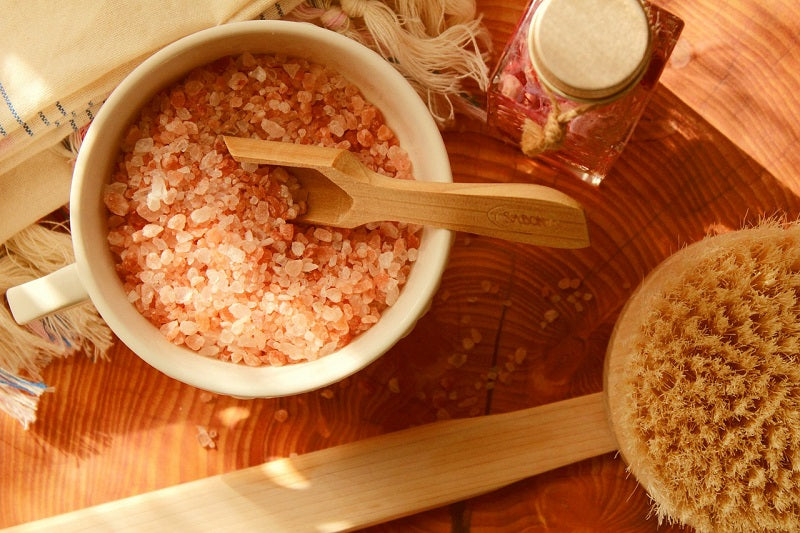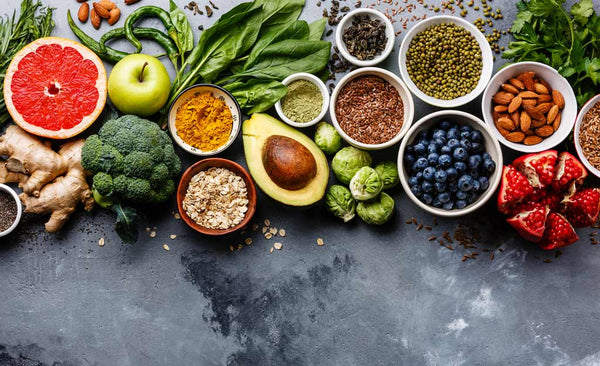Why Fat Loss is Difficult for Women with Insulin Resistance
If you’ve been diagnosed with insulin resistance (IR) and are struggling to shift fat mass or achieve a healthy weight, it’s important to understand what’s happening with your body. Insulin-resistant individuals will benefit from learning how to improve the way the body utilizes glucose.
What is insulin resistance (IR)?
Insulin resistance is a condition in which the body's cells become resistant to the effects of insulin. As a result, the pancreas expels more and more insulin in order to get a response (hyperinsulinemia). This may work for the short term, but over time the pancreas can no longer keep up or produce sufficient amounts of insulin. This is when our blood sugars rise and we develop type 2 diabetes.
Normally when a person’s insulin level is high, insulin turns off the ability to metabolise fat (lipolysis). This actually makes sense - we have energy coming in, so we don’t need to tap into fat stores. However, in women with insulin resistance, lipolysis is not turned off as should be the case.
What causes our cells to become resistant to insulin?
Obesity. More specifically, excess fat mass around the midline (visceral fat) is the main cause of insulin resistance. When a person is overweight, cells become less sensitive to the insulin released from the pancreas.
Interestingly, researchers have studied the impact of different types of body fat on insulin resistance. They found that abdominal adiposity causes an 80 % increase in the risk, compared to adipose tissue in other parts of the body (50-60 %).
Why is abdominal fat a trigger for insulin resistance?
It’s a complex topic but to put it plainly, a protein hormone known as adiponectin decreases as visceral fat increases. This chemical messenger increases the oxidation of fatty acids, promotes the clearance of excess fat in tissues, and improves insulin sensitivity. Low levels of adiponectin ultimately counter the effect of insulin and lead to both IR and weight gain.
What makes fat loss so difficult for individuals with insulin resistance?
We know that insulin dysfunction starves our cells of much-needed glucose. When glucose is unable to enter our cells, this can lead to fatigue, intense cravings for processed, sugary foods and overindulgence.
We also know that insulin functions are somewhat like leptin (our satiety hormone) which inhibits hunger and helps reduce appetite. This explains why individuals suffering from IR experience legitimate cravings in addition to dysfunctional satiety (a lack of fullness).
When we have IR and/or type 2 diabetes, our blood sugar levels can be very high. Because our cells are unable to absorb the extra glucose, the liver must convert it into fat. Visceral fat then becomes a constant source of excess free fatty acids because lipolysis is not working properly. In women, these extra fat cells also produce oestrogen which is part of the pathology of oestrogen dominance. Oestrogen dominance is a condition which causes so many hormonal symptoms, particularly those suffered by women in perimenopause.
How can you manage insulin resistance naturally?
If you’d like to know more about how to manage insulin resistance naturally, check out this article.





















